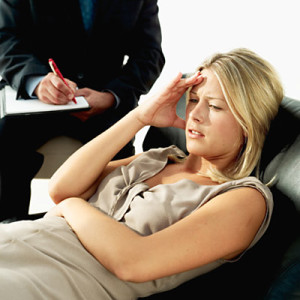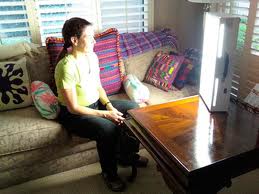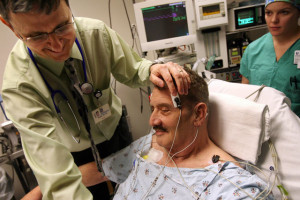Therapy for Depression
Psychotherapy is universal term for therapeutic treatment interaction between a professional mental health practitioner and a client, family or groups. The problem addressed is often psychological in nature and can vary from their causes, triggers, potential resolution and influences.
There are many ways to treat depression. Psychotherapies for depression are given to people who have gone through a chronic form of depression and the most effective therapy for depression is often a combination of medication and psychotherapy.
Light Therapy
Light therapy for depression is usually used to treat Seasonal Affective Disorder (SAD) in countries with cold climates and long gloomy weather. In this therapy, the patient sits inside a light therapy box. The box gives off a bright light that imitates the light outdoor. The light emitted is believed to have an effect on the brain chemicals that lift up mood relieving SAD symptoms. This kind of therapy is also called bright light therapy or phototherapy.
Shock Therapy
Shock therapy for depression is administered to patients with severe depression and mental illness called schizophrenia. It is popularly known as Electro Convulsive Therapy which started in 1938 by Italian neuropsychologists and has widespread popularity in the 1940’s and 1950’s. This procedure places the patient under anesthesia and muscle relaxant before inducing electricity to the person. This controversial kind of therapy for depression has gained support and rejection by various mental facilities all around the world.
Cognitive Therapy
Cognitive therapy for depression is the most common and most studied type of therapy for depression. In this procedure the treatment involves assessing the person’s history and experiences to bring out dysfunctional patterns of behavior. The therapy focuses on helping the patient to change his patterns of thoughts and develop new habits that are more proactive and positive. The therapists believed that the mood of the person depends on the patterns of thoughts and changing his mindset would also improve the way he acts and feels. Negative thoughts develop into depression and this is where therapists influence the patient in cognitive pattern of thinking. The patient goes through a series of therapy talk with the professional to track progress and stress management of everyday life and prevent the patient from sliding back to depressive state.
Sleep Apnea and Depression
Previous research links sleep apnea and depression. Sleep apnea is a disorder in breathing while asleep. The person with sleep apnea often has shallow breathing and short pauses of breathing all throughout the duration of sleep. This type of sleep disorder is greatly related to depression. People who exhibit sleep apnea also exhibit the signs and symptoms of depression. It can be a fatal sleep disorder especially if the sleep apnea is exacerbated with obstructive apnea where the tongue slides down towards the back of the throat causing cessation of breathing altogether. The remedy for sleep apnea is through the use of sleep apnea mouth guard. If this treatment doesn’t work, consult your general practitioner for other alternative treatment.
Depression can happen to anyone as a response to life’s unpleasant events. However, not everyone can cope healthily and may take longer or get stuck in the depressed state especially for people who have less support system. It can be difficult to get out of depression when the patient refuses to admit his condition. The earlier the depression is acknowledged and the earlier to seek help, the better is the chance of the patient to recover from recurring and chronic depression. There are natural remedies for depression but when all else fails there are always experts who can guide you throughout your recovery process with their experience, knowledge and expertise with the modern medicine, depression can be treated in less time.



